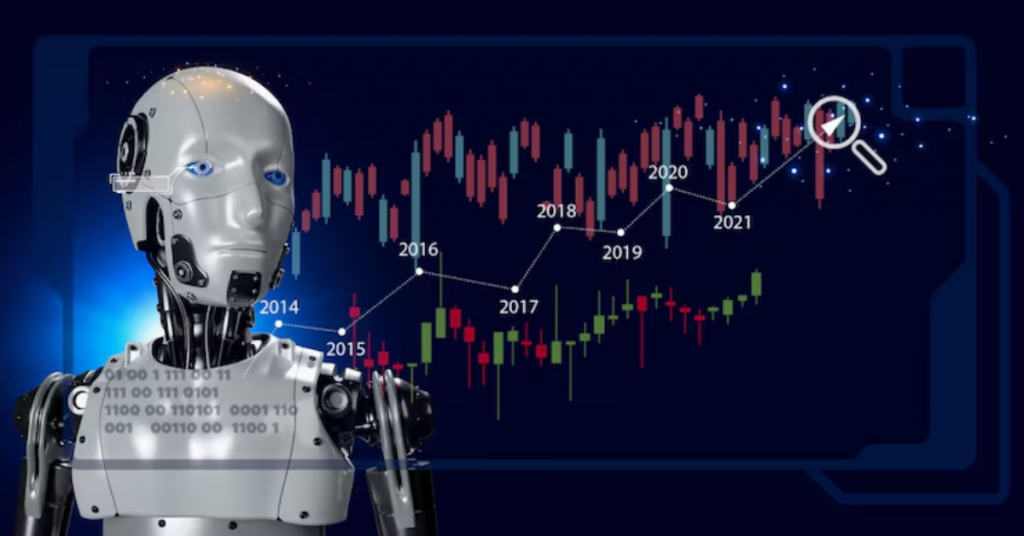The financial sector is entering an advanced phase of innovation where intelligent automation is reshaping trading. Sophisticated platforms are now able to evaluate countless data points in fractions of a second. By combining computational power with adaptive logic, investors can maximize opportunities while minimizing exposure. With the rapid rise of Quantum AI, the ability to predict and respond has become sharper than ever.
Strategic Market Entry Timing
Successful trades rely heavily on entering positions at the right moment. Intelligent automation evaluates momentum and liquidity before suggesting an optimal entry.
- Detects shifts in liquidity with accuracy
- Monitors asset patterns across multiple regions
- Signals opportunities before traditional alerts appear
- Reduces the lag in order placements
- Provides consistency during unpredictable trading hours
Platforms allow traders to seize market gaps early. This leads to stronger positioning and higher return probability.
Adaptive Risk Management Control
Automation systems must handle risk dynamically to remain useful in volatile markets. Platforms apply predictive checks before each transaction.
- Calculates exposure relative to portfolio balance
- Monitors drawdowns across varying timeframes
- Stops cascading losses through layered safeguards
- Identifies anomalies in unusual price activity
- Balances position sizing with real-time volatility
Such systems build resilience while supporting long-term stability. Risk awareness becomes an integrated function, not an afterthought.
Why choose automated platforms?
People often wonder why traders lean towards automation rather than traditional manual decisions. The real reason is reliability during high-volume shifts.
Trading algorithms do not get stressed or distracted, and they apply strict rules without hesitation. This means fewer missed opportunities and more disciplined execution. For many, this blend of precision and speed is enough to prefer automation.
Midpoint Performance Benchmarking
Traders increasingly rely on real-time benchmarking to track portfolio health. Automated dashboards provide instant clarity on performance.
- Compares portfolio against major global indexes
- Tracks risk-adjusted returns daily and weekly
- Highlights underperforming assets quickly
- Measures alpha against chosen baselines
- Stores historical benchmarks for pattern analysis
According to a 2024 India Infoline review, experienced investors say emotions harm results. Automated systems cut this issue entirely. The integration of Quantum AI India makes benchmarking faster and more reliable.
| Portfolio Size | Automated Avg. Returns | Manual Avg. Returns |
| Small (Under $50k) | 9.2% | 4.7% |
| Medium ($50k–$250k) | 13.5% | 7.8% |
| Large (Over $250k) | 18.1% | 10.6% |
Streamlined Trade Execution Speed
Execution speed can determine whether profit is secured or lost. Automated trading ensures transactions are carried out instantly.
- Reduces slippage during rapid movements
- Matches orders with best available prices
- Tracks latency across integrated exchanges
- Aligns with broker networks efficiently
- Synchronizes orders with optimal timing
Enhanced execution reduces wasted opportunities. Faster systems translate directly to better outcomes.
Can automation replace human intuition?
This question pops up frequently, especially among seasoned traders. Intuition has value, but automation ensures discipline.
Machines don’t panic when markets drop, nor do they get greedy after short wins. They execute instructions as coded, maintaining consistency.
Driving the Next Investment Edge
Automation has transformed how investors capture opportunities and control risk. The integration of quantum-level computation takes this innovation further. Each advancement makes systems more precise, disciplined, and efficient. The future of trading will not depend only on instinct but on platforms that learn, adapt, and execute with unmatched reliability. Intelligent automation has become the real investment edge for those seeking consistent growth.

